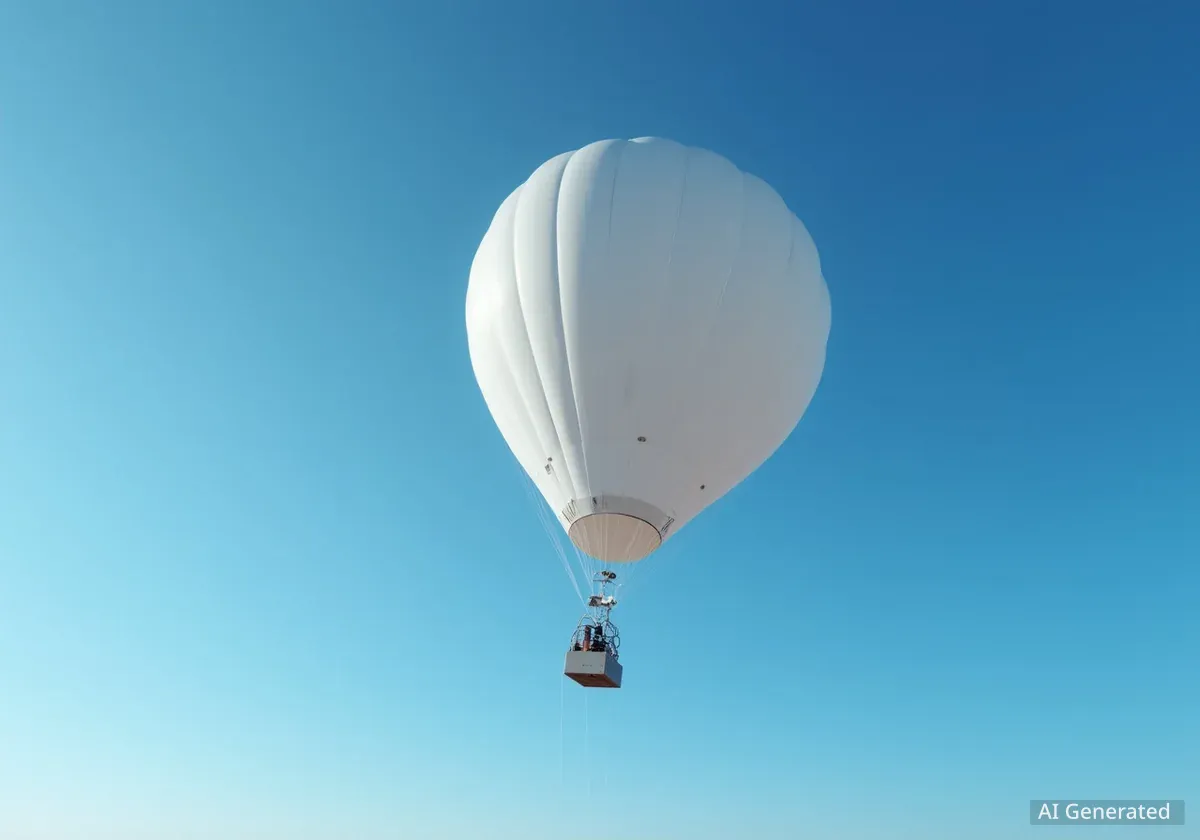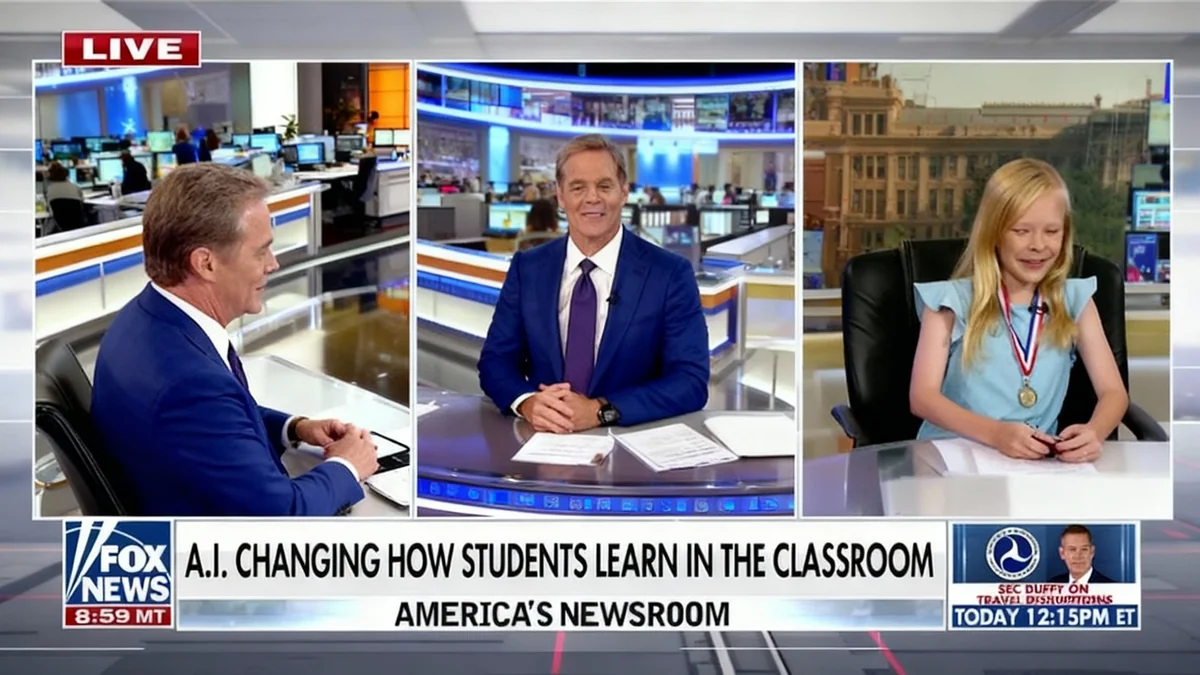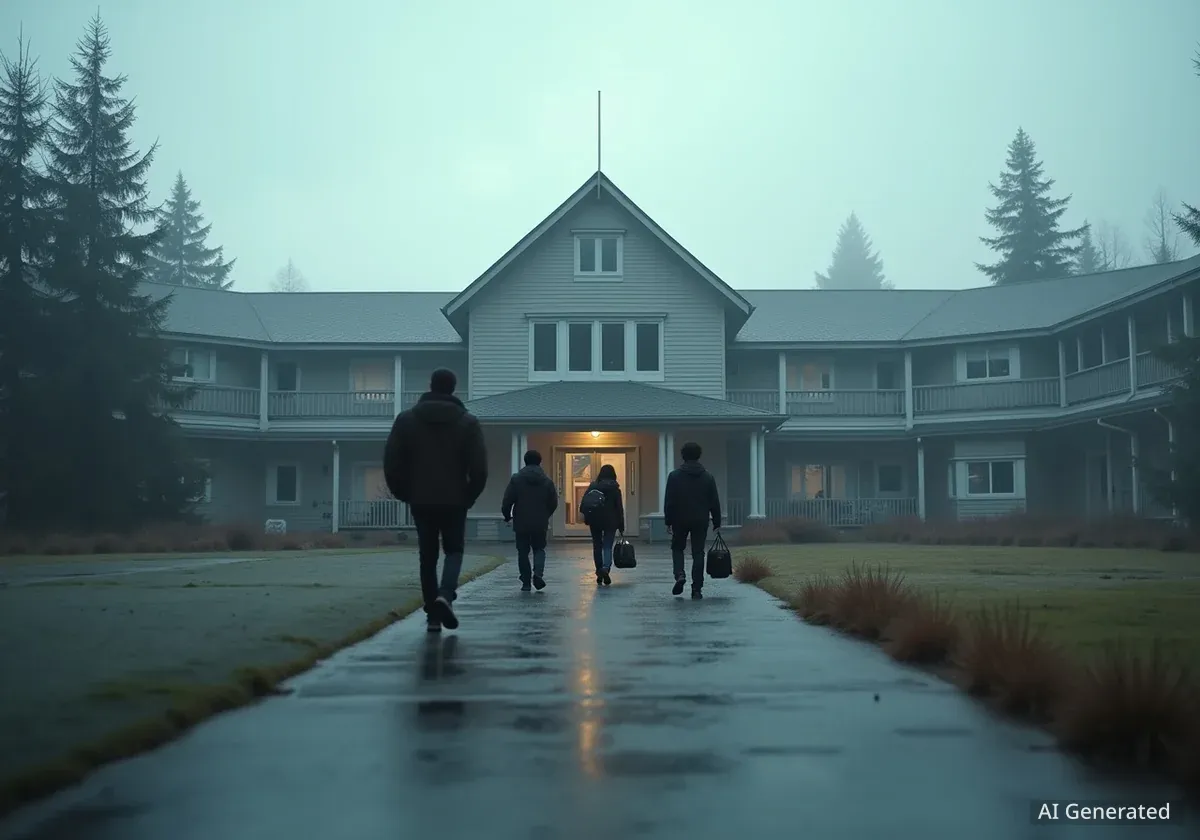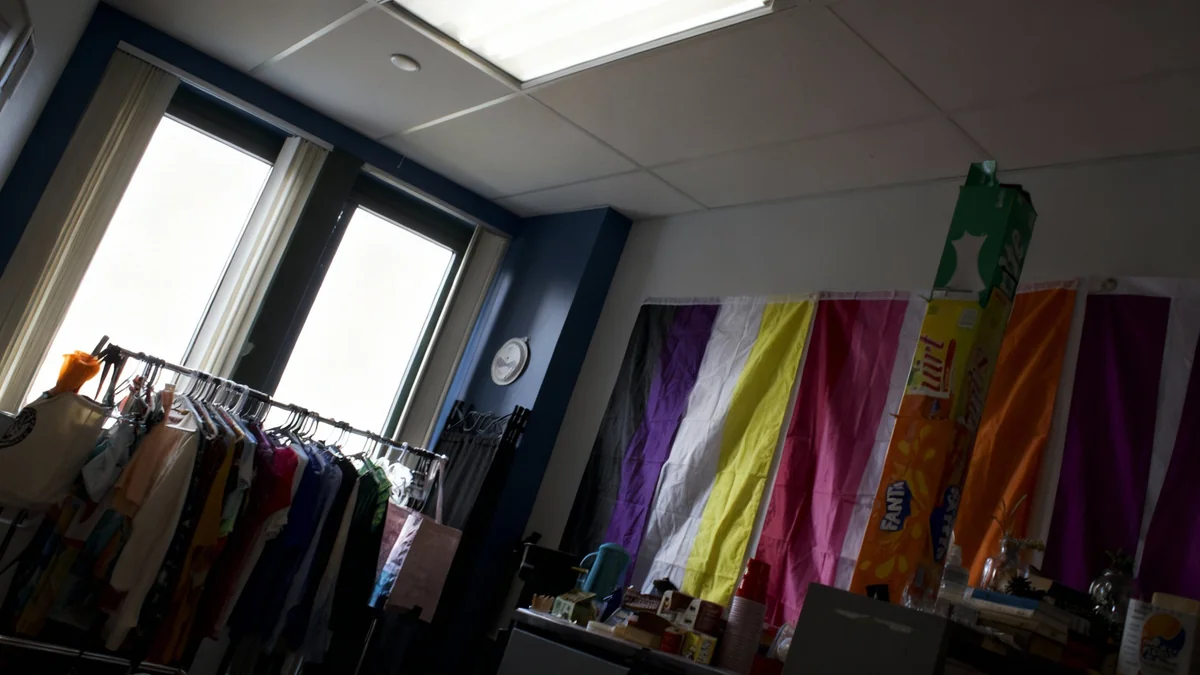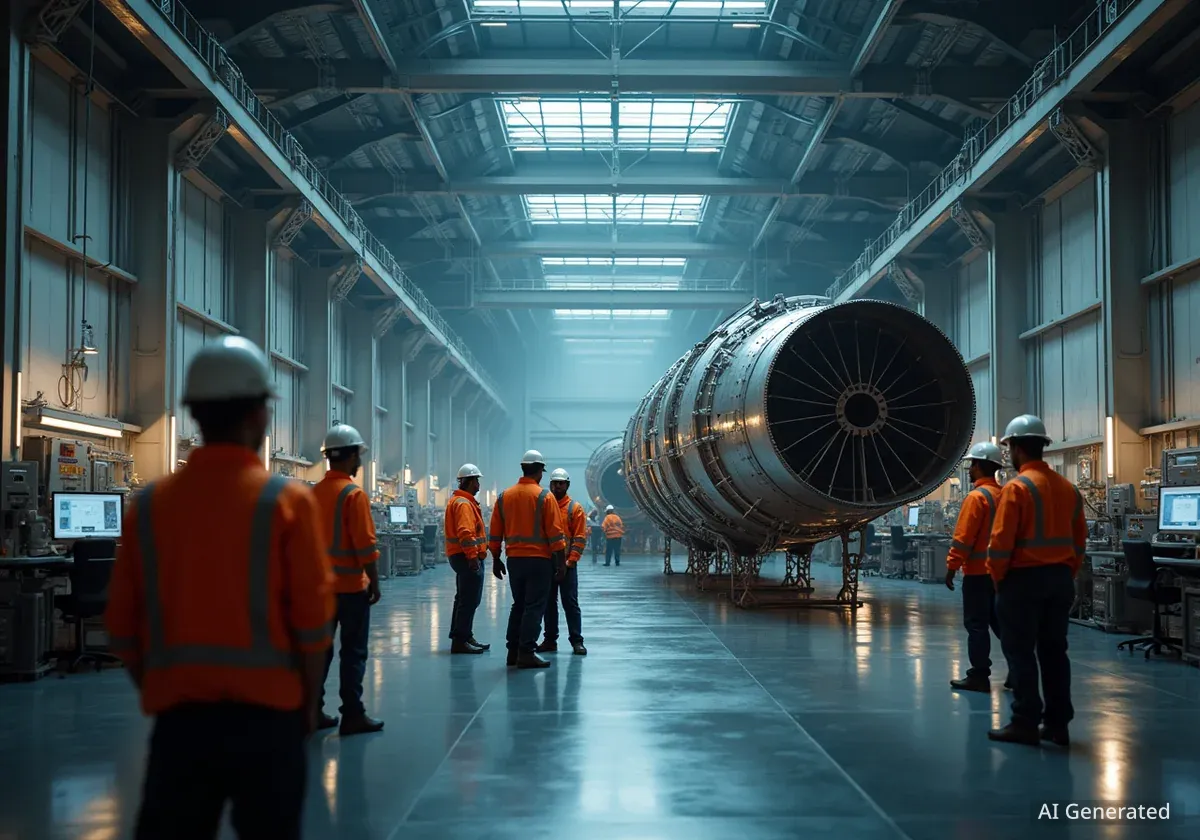Third-grade students at Velma Linford Elementary in Laramie, Wyoming, launched a high-altitude weather balloon on October 7, 2025, as part of a collaboration with the University of Wyoming's NASA Space Grant Consortium. The project provided a hands-on learning experience, sending student-designed experiments to the edge of space.
Key Takeaways
- Third graders at Velma Linford Elementary launched a high-altitude weather balloon in partnership with the University of Wyoming (UW).
- The project is part of the Wyoming NASA Space Grant Consortium, which has engaged over 4,500 students since 2014.
- Students designed their own scientific payloads, including food items and a marker, to observe the effects of near-space conditions.
- The balloon was equipped with GPS, weather sensors, and cameras to collect atmospheric data.
- Velma Linford Elementary was recently named a 2025 National Blue Ribbon School for academic excellence.
A Partnership for STEM Education
The launch was a collaborative effort between Velma Linford Elementary and the Wyoming NASA Space Grant Consortium, a program designed to support NASA's mission through statewide education and research initiatives. This specific program gives K-12 students the opportunity to participate in near-space exploration.
Since its inception in 2014, the high-altitude balloon program has provided hands-on science, technology, engineering, and math (STEM) experiences for more than 4,500 students across Wyoming. Velma Linford Elementary holds the distinction of being one of the first public schools in the state to participate in this long-running educational initiative.
About the NASA Space Grant Consortium
The National Space Grant College and Fellowship Program, also known as Space Grant, is a national network of colleges and universities. These programs work to support NASA's goals by funding education, research, and public outreach projects. The Wyoming consortium is one of 52 such programs across the country.
Preparing for the Mission
In the weeks leading up to the launch, students engaged in classroom activities focused on weather, atmospheric pressure, and the principles of scientific observation. This foundational knowledge prepared them to design their own experiments, or "payloads," for the balloon's journey.
UW research scientist and high-altitude ballooning specialist Phil Bergmaier, who guided the students, explained the technical aspects of the mission. "It’s just a latex balloon filled with helium," Bergmaier said. "But we attached some tracking devices with GPS, as well as some weather sensors and some cameras."
"Students also designed their own payloads that we attached, as well, just to explore their curiosity about science. It’s elementary school, so we’re really just looking to give them an exciting experience that they can remember."
Student Payloads and Predictions
Two third-grade classes were organized into six teams, each responsible for one payload. The items had to weigh less than two pounds and be smaller than a standard sheet of paper. The students were then asked to predict what would happen to their chosen items at high altitudes.
- Baked Beans: Brock Mavurie's team sent up a small can of baked beans, predicting the can would be "crumpled because of the pressure near space."
- Soda Can: Mosley Porter-Merrill's group also chose a can, predicting their soda can would "crumple up like the can of beans."
- Gummy Worm: Camree Wilcox and her team hypothesized that their gummy worm would melt.
- Marshmallow (Team 1): Livia Fortman’s team believed their marshmallow would also melt.
- Marshmallow (Team 2): Carson Engelskirger's team had a different hypothesis for their marshmallow, predicting it would expand.
- Expo Marker: Lilly Riegel's team sent up a dry-erase marker, thinking it would dry out during the flight.
Launch Day and Data Collection
Around 9 a.m. on Tuesday, more than 200 students gathered on the school playground for the launch. After a collective countdown, Bergmaier released the helium-filled balloon, which ascended carrying the six student payloads and the scientific instrument package.
The balloon was designed to travel to the upper atmosphere, where it would eventually burst. A parachute was attached to the payload, allowing it to return safely to Earth. The onboard GPS trackers enable the UW team to locate and retrieve the package.
Journey to the Edge of Space
High-altitude weather balloons can reach altitudes of over 100,000 feet (approximately 30 kilometers). At this height, the atmospheric pressure is less than 1% of that at sea level, and temperatures can drop below -60 degrees Celsius (-76 degrees Fahrenheit). These extreme conditions are what students' experiments were designed to test.
Following the launch, the students returned to their classrooms to continue their studies, including creating and testing smaller-scale balloon models. Once the payloads are recovered, the third graders will have the opportunity to examine their items and see how their predictions matched the actual results of the high-altitude journey.
School Receives National Recognition
In addition to its focus on hands-on science, Velma Linford Elementary was recently recognized for its overall academic achievements. The U.S. Department of Education named it a 2025 National Blue Ribbon School, a prestigious award given to top-performing schools across the country.
Velma Linford was honored in the "Exemplary High-Performing Schools" category. This designation is for schools that are among the highest performing in their state as measured by standardized tests in reading and mathematics. According to the school's application, its success is attributed to strong academic programs, data-informed instruction, and deep family and community engagement.
It was one of only three schools in Wyoming to receive the honor in 2025, alongside Ralph Witters Elementary and Wagonwheel Elementary.

